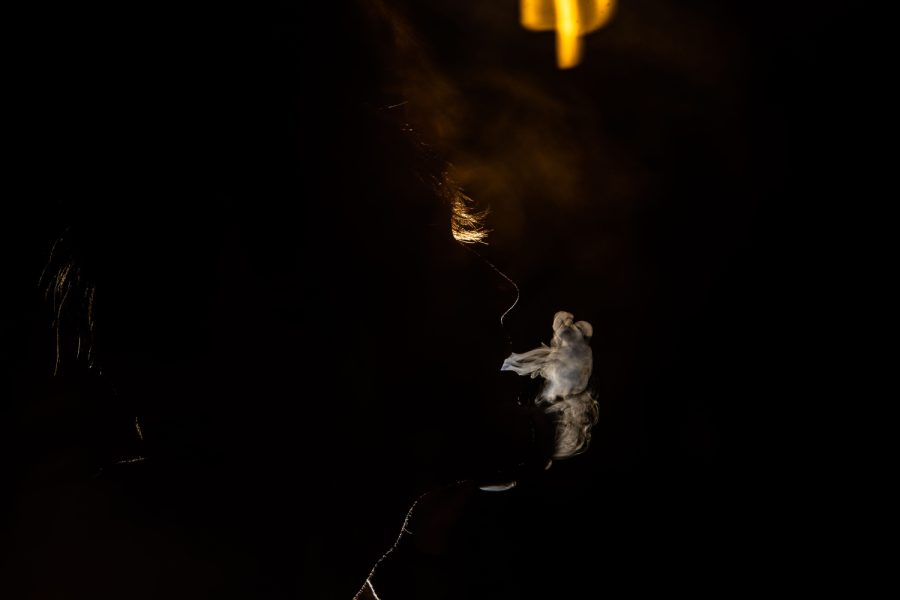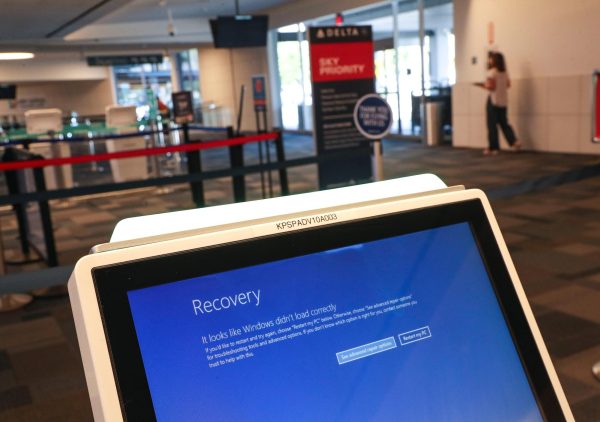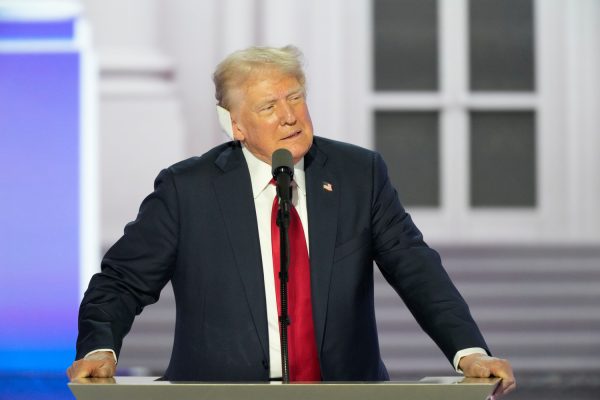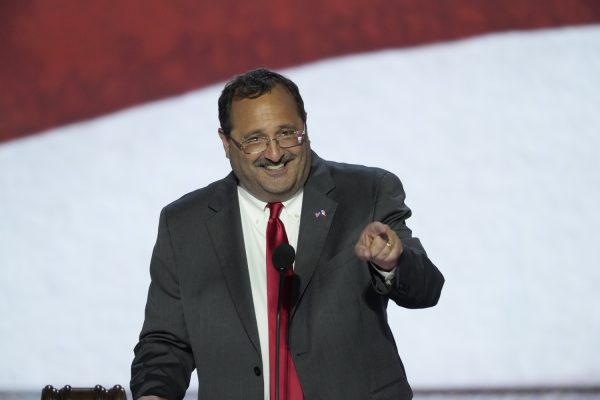Iowa City Community School District implements vape detectors in high schools
The district implemented the vape detectors in the high schools to spur safety and better health among students in the district.
Photo Illustration.
December 11, 2022
The Iowa City Community School District implemented vape detectors this fall in the bathrooms of all four district high schools to decrease the student use of nicotine. High school officials report more vaping incidents since the detectors were installed.
Approximately 16.5 percent of high school students reported current use of tobacco products, according to a report from the Centers for Disease Control and Prevention. For middle and high school students overall, one in nine students reported using tobacco products.
The vape detectors are small devices that sit in the ceiling of every restroom. Justin Colbert, Liberty High School principal, said when a student is vaping, the detector picks up on the chemical signature of that vapor and sends an email to school officials.
The detectors can also distinguish between the types of drugs in a vape device, whether that is marijuana, a cigarette, or nicotine, he said.
“We want to educate students, but we also want to make sure that they’re safe, and they’re going to learn better when they’re in a safe environment,” Colbert said. “We would occasionally catch kids, and previous years, a lot of times it was a staff member walking into the bathroom and seeing a student vaping.”
RELATED: UI research studies impact of regulation on e-cigarette usage in different states
Liberty High School has already seen a change in vaping incidents since installing the detectors, Colbert said. Before the detectors, he reported around four to six vaping incidents a trimester. Now, the detectors are reporting more incidents, which is a good deterrent for students.
“We probably have, on average, one to four incidents per week of a vape detector going off,” Colbert said. “My guess is that students who were doing it were vaping on a much more frequent basis in previous years when we did not have the vape detectors installed.”
The implementation process started five years ago when the high schools reached out to vape detector suppliers. Colbert said the expense was too high, even at the district level.
That all changed after the COVID-19 pandemic, however, when the district received American Rescue Plan Act funding. Much of the money was directed toward health and safety initiatives, which made it easier to get the detectors.
The district also requires high school students to take a state-mandated health course, which teaches students about healthy habits and vaping, he said.
Susan Vileta, Johnson County Public Health Department health educator, said adolescents need to be made aware of the health risks associated with vaping.
“With young people, it can literally sort of rewire your brain, and it sort of gets at those parts of your brain that are responsible for decision making,” Vileta said. “Conscious concentration, those areas that you really want intact in your teens and young adult years.”
Allan Andersen, UI assistant professor of psychiatry, said nicotine addictions can also cause academic problems for students in the school environment.
“Not being able to concentrate on schoolwork and the intrusive cravings and thinking about what’s the next time you can use an e-cigarette or vape,” Andersen said. “Missing things that you would otherwise be doing for that reason, I think those are all things that would interfere with education.”
As for the efficacy of the detectors, Vileta and Andersen said they are not sure whether the detectors will make a meaningful difference.
“With any kind of detector system, you wonder about false negatives and positives if it’s going off all the time for lots of other reasons, then people are going to be coming in the bathroom looking for vaping that’s not going on,” Andersen said. “I mean, those are questions about just how effective the technology is.”
Vileta voiced similar concerns and said the results have yet to be determined. In the meantime, the district is doing what it can to help fight the issue.
“We don’t have any evidence so far to say, ‘yes, they work.’ It’s not something that tobacco advocates yet are saying every school should have because we just don’t know yet,” Vileta said.
“How accurate are they? What are the impacts? It’ll be really interesting.”














